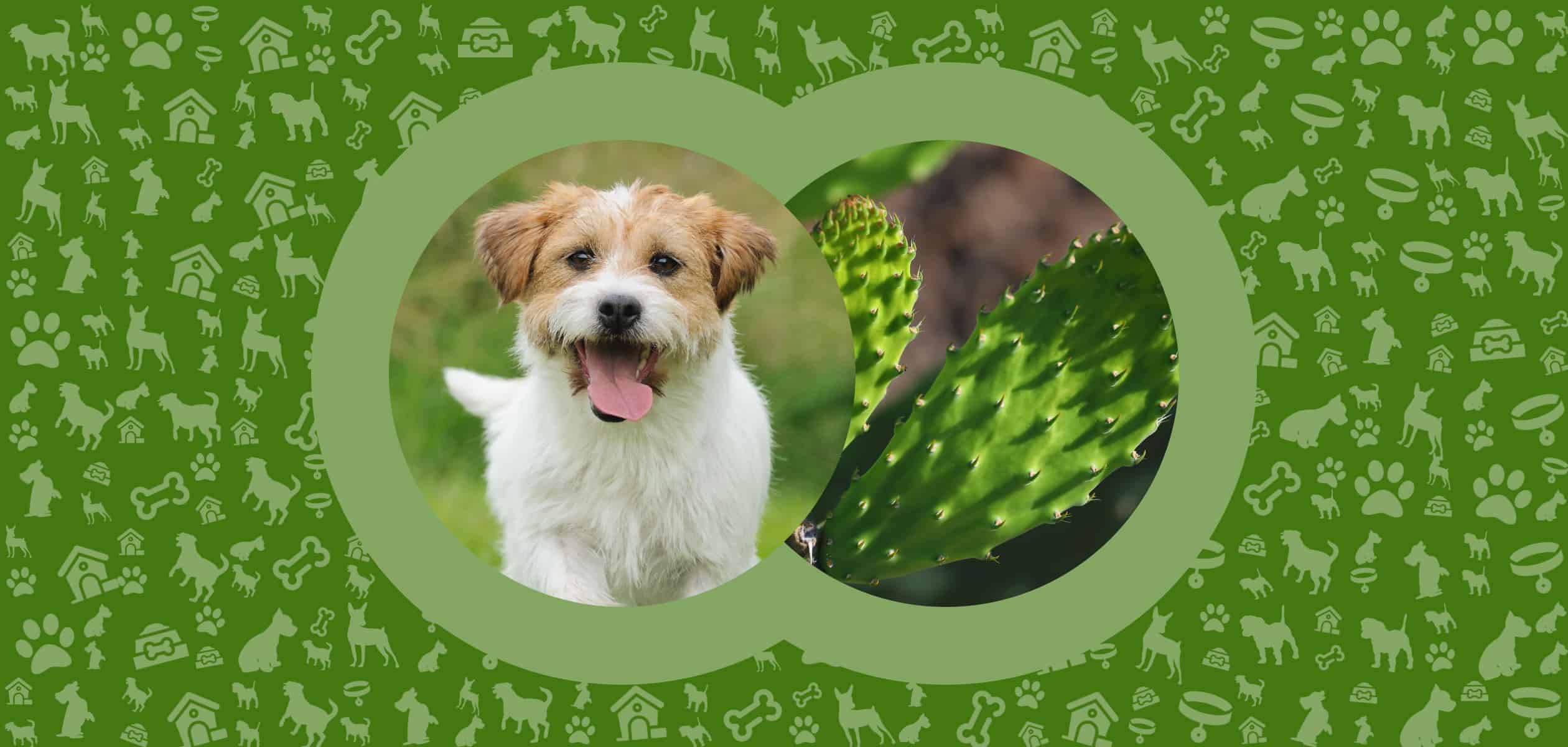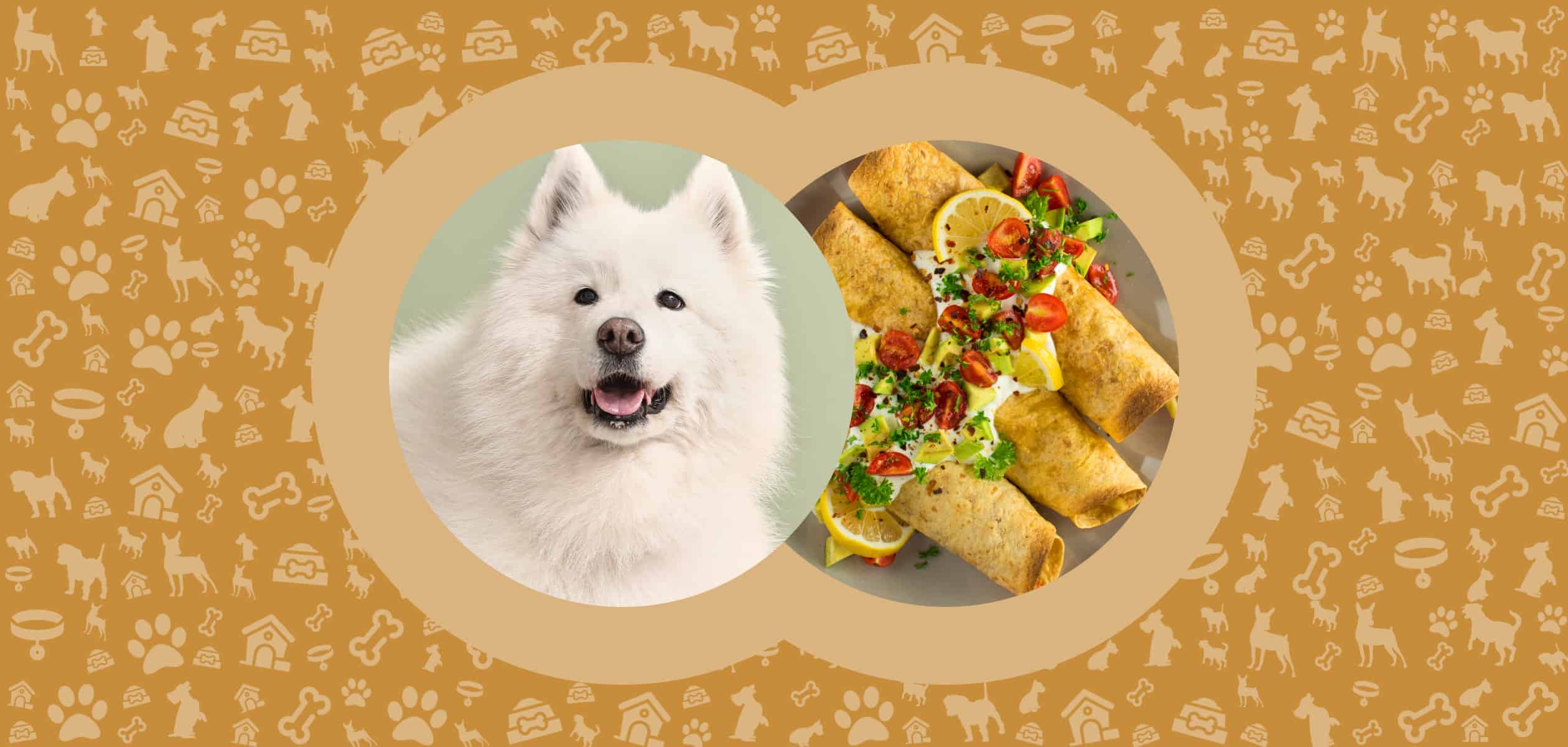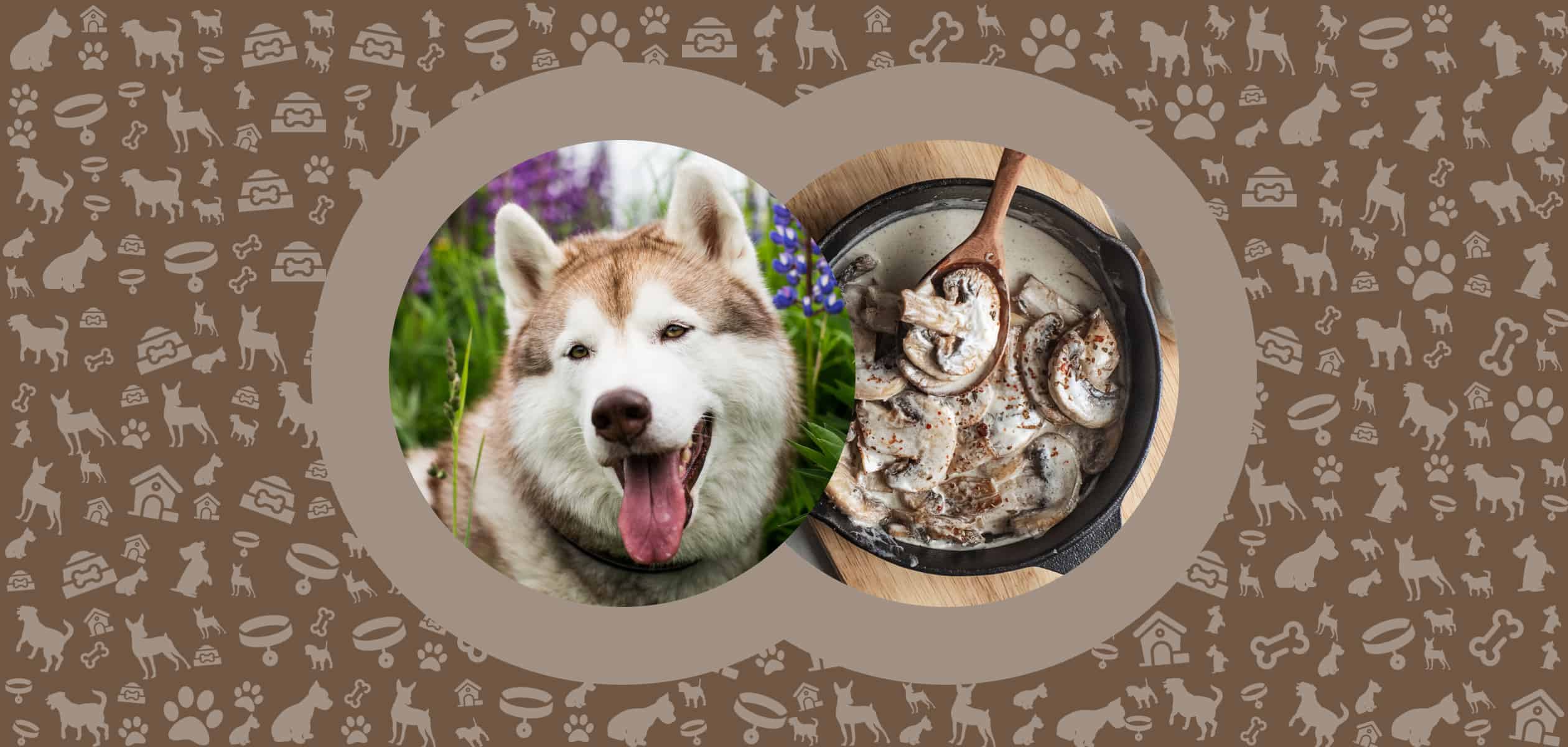Introduction
Yes, dogs can eat nopales. But what are nopales anyway? Well, nopales are the flat pads of the prickly pear cacti. They taste between cucumbers and green peppers and have the texture of green beans.
Nopales are an important staple in Mexican cuisine, and people have been using them as food for over 12.000 years. Luckily, nopales are dog-friendly. However, not all dogs are fond of nopales as they have a rather bitter aftertaste.
Why Are Nopales Good for Dogs?
There is a reason why nopales are considered a staple in certain cuisines – they are easily available, nutritious, and healthy. When prepared and served correctly, nopales can be beneficial to dogs. Here are the reasons nopales are good for dogs.

Low-Calorie Treat
Nopales are excellent snacks for dogs on weight-loss regimens. With 95% of water and only 22 calories per cup, nopales are truly diet-friendly.
Rich in Vitamins
Nopales are full of vitamins, particularly vitamin A, vitamin K, vitamin C, and B-complex vitamins (B6 or pyridoxine).
Mineral Overload
Minerals are also found in nopales. The mineral specter is rich mostly in potassium, calcium, iron, magnesium, and sodium.
Decreased Diabetes Risk
Interestingly, the nutrient blend in nopales has a positive impact on blood sugar levels and can even decrease the risk of developing diabetes. Diabetes in dogs is a serious issue.
Lowered Cholesterol
Nopales also have a positive impact on blood cholesterol levels. Namely, eating nopales results in lower cholesterol levels. As you already know, cholesterol is a bad type of fat.
Tons of Dietary Fiber
Same as all green plants, nopales are rich in dietary fiber. Fibers have various roles in the body – keep the intestines moving and prevent constipation, support heart health, and manage blood sugar and cholesterol levels.
High in Antioxidants
Nopales are rich in antioxidants such as polyphenols and beta-carotene. Antioxidants fight off free radicals, thus preventing cellular damage. They are also helpful in the prevention of certain types of cancer.
Can Nopales be Bad for Dogs?
Yes, nopales can be bad for dogs. Same as any other human food, nopales can be harmful to dogs if served too frequently or in large amounts. They are also hazardous when raw.
So, before you make nopales staple food for your dog, consider the potential risks. Here are the reasons nopales can be bad for dogs.
Stomach Upset
The general rule of thumb is that any human food can cause digestive upset in dogs. In the case of nopales, in particular, the chances are even greater because of the high fiber content. Dogs need fiber, but in excess amounts, they are hard to digest.
Oxalate Crystals
In their raw form, nopales contain high levels of oxalic acid. The oxalic acid is too strong and can irritate the mouth and even the skin if the dog rubs against the plant. In more severe cases, oxalic acid can cause kidney damage. However, this is only an issue with the raw form as cooking deactivates the compound.
Added Ingredients
Finally, it must be noted that most ingredients frequently added to nopales-featuring recipes are not dog-friendly (spices, seasonings, condiments, sauces). The same applies to canned versions of nopales.
How Much Nopales Can my Dog Eat?
Nopales are treats and should not comprise more than 10% of the dog’s diet. Basically, dogs can eat a few bite-sized chunks of nopales. As for the nopales serving frequency, once a week is more than enough.
If your dog has never eaten nopales before, it is best to start with a smaller serving portion and see how its tummy handles the new food. On the other hand, if you have a young puppy, do not experiment with nopales – stick to regular puppy food.

How to Prepare and Serve Nopales for Your Dog?
Preparing and serving nopales to your dog can be tricky, but after a few tries, you will master the technique. First, you need to start by shopping. Nopales are available in most stores selling Mexican foods.
Once you have the nopales at home, you need to prepare them – scrape off the spines using a sharp knife. After removing the spines, you should also remove the dark areas from which the spines sprout. It goes without saying that you need to wear gloves for this part of the preparation.
With the spines and dark areas removed, wash the nopales thoroughly, cut them into pieces, and cook. Nopales can be cooked in various ways – steamed, boiled, baked, or even air-fried. Thorough cooking is imperative to deactivate the mentioned oxalate crystals.
Regardless of which cooking method you choose, stick to plain preparation and avoid spices. Let the cooked nopales cool down and serve as treats or top on the dog’s regular food.
Summary
Bottom line, nopales can make a healthy addition to the dog’s menu. However, they are an occasional snack and must be served in small amounts. Nopales have unique nutritional profiles and can be health-boosting when used responsibly.
As always, keep in mind that dogs are carnivores and need meat-based diets and nopales are not part of the traditional canine diet. If you have any concerns about feeding your dog nopales, err on the side of caution and talk to your vet first.
Sources
- Diabetes in Dogs: Symptoms, Causes, & Treatment, AKC Staff, 2016
- Food Genius: Removing Thorns from Nopales, Annelies Zijderveld, 2017
- High Cholesterol in Dogs, PetMD Editorial, 2008
- Antioxidants, Steve Marsden, 2020







Leave a Comment